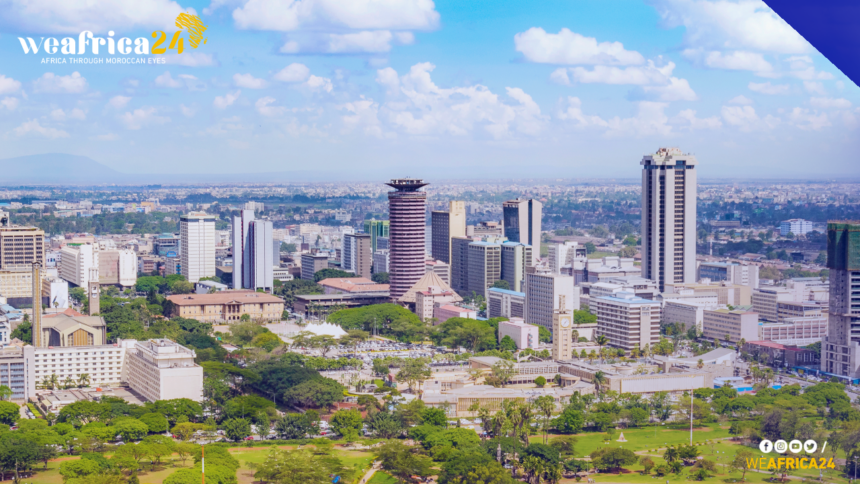Kenya has joined a group of African nations, including Egypt, Morocco, Nigeria, Ethiopia, South Africa, Mozambique, Côte d’Ivoire, Tunisia, and Ghana, in their efforts to address climate change challenges. These estimations were presented during the African Climate Summit held in Nairobi.
Despite this allocation, the Global Center for Adaptation (GCA), a Netherlands-based climate advocacy group, asserts that current funding remains inadequate and should be increased tenfold.
According to the organization, the ten most climate-vulnerable countries in Africa, including Guinea-Bissau, Sierra Leone, South Sudan, Nigeria, the Democratic Republic of Congo, Ethiopia, Eritrea, the Central African Republic, Chad, and Senegal, receive only 18 percent of financial aid for climate adaptation.
“The impacts of climate change are being felt worldwide, but nowhere more intensely than in Africa,” emphasized GCA CEO Professor Patrick Verkooijen, referencing a new study published by the Nairobi center. The GCA contends that funding for adaptation in Africa must be increased tenfold, surpassing $100 billion annually by 2035 to bolster resilience against the growing impacts of climate change.
Climate adaptation funding primarily supports actions aimed at helping communities reduce risks and potential climate-related damages such as droughts. This includes financing initiatives like developing drought-resistant crops or livestock programs.
While African Nationally Determined Contributions (NDCs) currently estimate that the continent needs $52.7 billion annually for adaptation (equivalent to 2.5% of its GDP), GCA research reveals this to be a substantial underestimation as only half of the countries have calculated their adaptation costs.
Without increased investments, Africa could lose up to $6 trillion in economic benefits by 2035. It has been demonstrated that every dollar invested in adaptation yields a return ranging from $2 to $10.
“The actions we take now to increase adaptation finance flows to Africa are essential to the continent’s capacity to respond to climate impacts and transform climate adaptation into a growth agenda for the continent,” stated the GCA.
These underestimated financial needs for Africa were formulated at a time when climate impacts were not expected to occur as rapidly and intensely as they currently are.
A separate study by Oxfam revealed that wealthy countries contributed less than five percent of the $53.3 billion required for East Africa to address the climate crisis. Countries like Kenya, Ethiopia, Somalia, and South Sudan suffered $7.4 billion in livestock losses due to climate change but received only $2.4 billion in climate-related development financing in 2021, far below the $53.3 billion needed annually to meet their 2030 climate goals.
Challenges in accessing climate funds
Kenya’s Ministry of Environment indicated it would require $40 billion in new investments over the next decade (from 2020 to 2030) to implement crucial climate change mitigation and adaptation measures.
Experts highlighted the high cost of capital in Africa as a major obstacle. Private investors in Africa impose substantial premiums due to perceived risks, causing the continent to pay five times more for borrowing in financial markets than advanced economies.
The Nairobi-based African Wildlife Foundation emphasized that inadequate financing models are rooted in global economic models that fail to accurately quantify and monetize the benefits and services provided by biodiversity.
Kwame Kumah, Senior Vice President of Global Leadership at the African Wildlife Foundation, pointed out that the climate and biodiversity funding deficit has led to unequal exploitation of Africa’s natural resources by the rest of the world, to the detriment of communities living within these ecosystems.
“While there are no comprehensive studies on the true economic value of Africa’s natural assets, by 2028, Africa’s measured natural capital was estimated at $6.2 trillion, with estimated mineral and fossil resources at $290 billion and $1.05 trillion, respectively,” noted Kumah.







